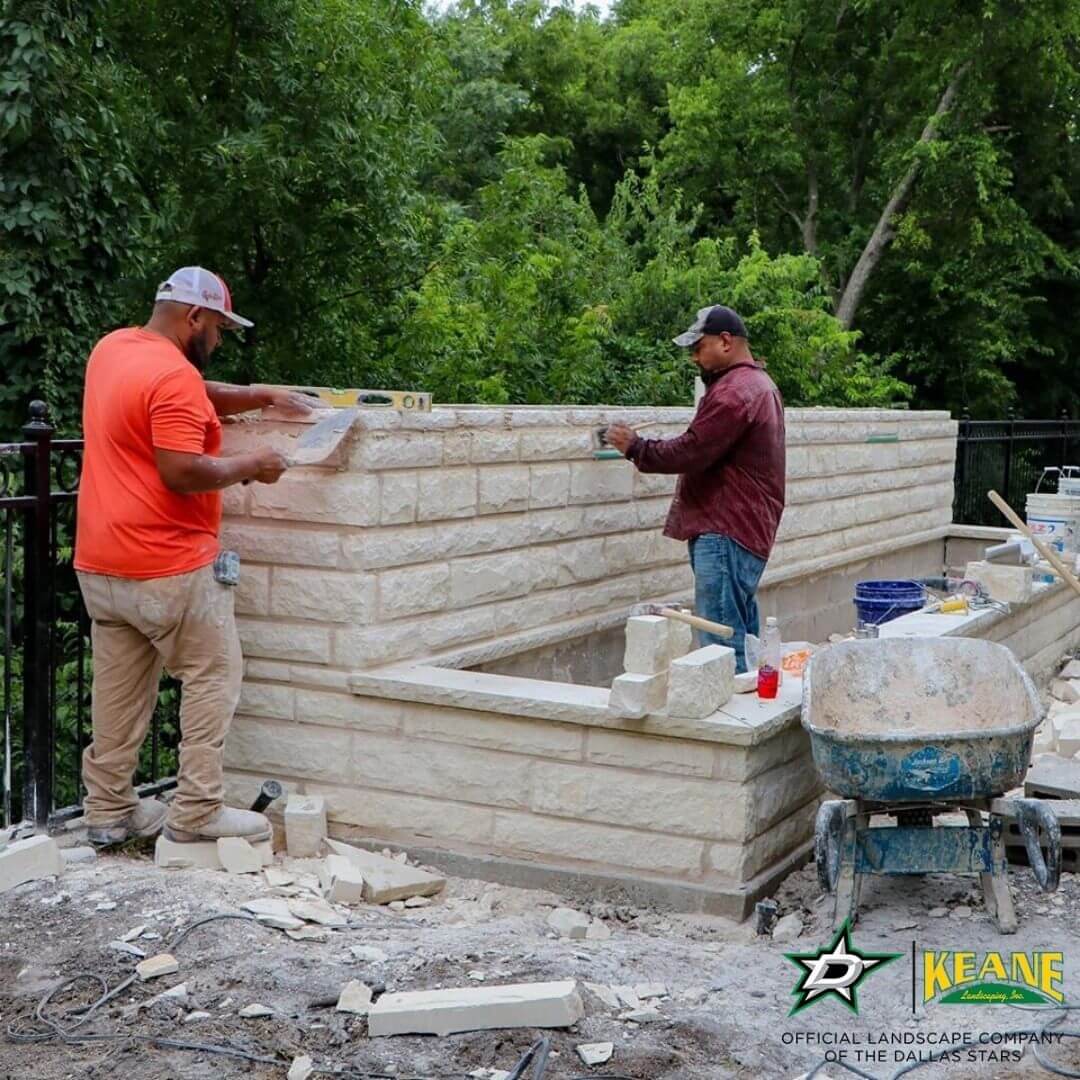Specialist Step Repair Services: Ensure Safety and Sturdiness
Specialist Step Repair Services: Ensure Safety and Sturdiness
Blog Article
Opening the Keys of Lasting Masonry Construction Practices for Eco-Friendly Structures
Among the myriad strategies to environment-friendly structure, lasting stonework building and construction stands out as a time-tested and sturdy technique that holds a riches of untapped potential. From the option of products to cutting-edge construction methods, the tricks to attaining sustainability within masonry construction are complex and fascinating.
Benefits of Sustainable Masonry Building And Construction
Welcoming lasting masonry building practices not only decreases environmental impact yet also provides lasting financial advantages to building contractors and neighborhoods. By using products like recycled blocks, blocks, and rocks, builders can dramatically reduce the carbon footprint of their jobs while promoting source performance. Additionally, lasting masonry building methods, such as correct insulation and thermal mass homes, can boost energy efficiency within buildings, bring about reduced operational expenses gradually.
In addition, the durability and strength of masonry frameworks contribute to long-term financial advantages. Structures built utilizing lasting masonry methods typically call for much less upkeep and repair work, translating to set you back financial savings for home builders and homeowner. The long life of masonry products likewise guarantees that frameworks continue to be secure and protected, decreasing the requirement for frequent restorations or substitutes.
Eco-Friendly Stonework Products
Using eco-friendly masonry products is a critical step in the direction of enhancing the sustainability of building and construction methods and minimizing environmental impact while making the most of long-lasting economic advantages. Sustainable masonry materials are sourced, created, and used in a fashion that decreases overall ecological effect. Products such as recycled bricks, reclaimed rock, and sustainable concrete blocks are becoming progressively popular options for eco-conscious contractors. Recycled bricks, for instance, not only draw away waste from land fills but additionally call for less power to generate contrasted to brand-new bricks. Redeemed rock uses a distinct aesthetic appeal while lowering the demand for brand-new quarrying. Sustainable concrete obstructs include recycled accumulations and might feature improved insulation properties, adding to power performance in buildings.
Moreover, natural products like adobe, rammed planet, and straw bundles supply excellent thermal mass homes, minimizing the requirement for home heating and cooling energy. These products are commonly in your area offered, advertising local economies and decreasing transportation-related carbon discharges. By picking environmentally friendly masonry materials, building and construction tasks can this link substantially reduce their environmental footprint and add to the production of healthier, much more sustainable constructed atmospheres.
Energy-Efficient Masonry Strategies
Power effectiveness plays an important duty in boosting the sustainability of masonry construction practices. One key energy-efficient masonry technique is the use of thermal mass, which includes integrating dense products like concrete or brick right into the building's structure to take in and store warm.

Advancements in Lasting Masonry
Current advancements in lasting masonry techniques have produced cutting-edge methods that are reshaping the construction sector. One such technology is the advancement of self-healing concrete, which utilizes bacteria installed within the concrete to heal fractures autonomously. This development not just reduces maintenance expenses but also enhances the durability of masonry structures, adding to their sustainability.
Another notable technology is making use of recycled accumulations in stonework building and construction - masonry contractor. By incorporating products such as crushed ceramic waste concrete layers or recycled glass right directory into concrete blends, builders can minimize the ecological impact of construction jobs while keeping structural honesty. This method not only diverts waste from landfills but likewise conserves natural deposits, making it an essential development in lasting stonework building
In addition, the combination of digital design tools, such as Structure Details Modeling (BIM), is revolutionizing the means masonry structures are prepared and built. BIM enables for more specific estimations, lowered material wastage, and boosted energy performance, eventually causing more lasting building techniques. These advancements jointly indicate an appealing future for lasting stonework building in the period of green buildings.
Future Trends in Masonry Sustainability
With the cutting-edge strides made in lasting stonework practices, the future trends in masonry sustainability are positioned to additional revolutionize the construction industry. One of the key patterns shaping the future of stonework sustainability is the enhanced combination of modern technology. Developments such as Structure Info Modeling (BIM) and virtual fact simulations are being used to optimize stonework building procedures, leading to decreased product waste and enhanced energy effectiveness in structures.
Furthermore, the growth of novel sustainable materials is set to play a substantial role in enhancing the eco-friendliness of masonry building and construction. masonry contractor. Advancements like self-healing concrete, recycled aggregates, and bio-based binders are obtaining traction for their capacity to decrease ecological impact while maintaining structural stability

Conclusion
In conclusion, sustainable stonework building and construction techniques offer various advantages for environmentally friendly structures. masonry contractor. Advancements in sustainable stonework are constantly being created to further improve the ecological efficiency of structures.
Report this page